Harry Bryan’s Rambler 18 is a handsome lap-strake runabout designed to carry the whole family for a daylong outing —exploring the coast or perhaps visiting friends on an offshore island. Though just 18' in length, she’s big enough to take everything a couple would need for a week’s camp-cruise. Weighing 900 lbs, it should trailer easily behind the family car and launch without causing undue strain on the engine.Bryan specifies a 9.9-hp, high-thrust Yamaha outboard motor, which gives better fuel economy than a larger engine. The boat's hull design trades speed over the water for a gentle ride through the water. While the large-diameter propeller will push Rambler at speeds up to 8 knots, the optimum speed for cruising is about 6 knots—fast enough to reach your destination, but slow enough to enjoy the scenery.The bow’s narrow entry slices through the water so the boat doesn’t pound—softening the ride through the chop. There are no white knuckles and no hanging on for dear life that one might have experienced in the past with the slapping of a planing hull. The hull’s after sections have no deadrise, providing some lift. The hard chine aft adds stability, both at the dock and at speed. The keel has significant rocker; it rises to the waterline at the transom, reducing the wake and making the hull more fuel-efficient than heavier boats at slightly over hull speed.
Join The Conversation
We welcome your comments about this article. If you’d like to include a photo or a video with your comment, please email the file or link.

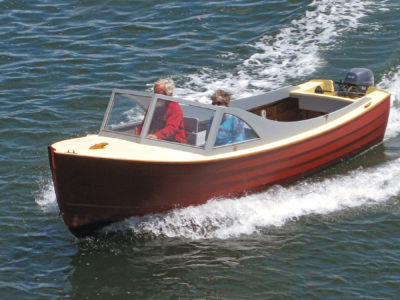
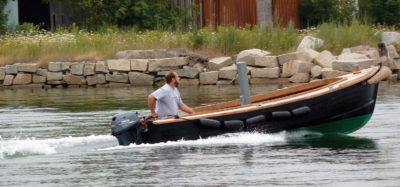

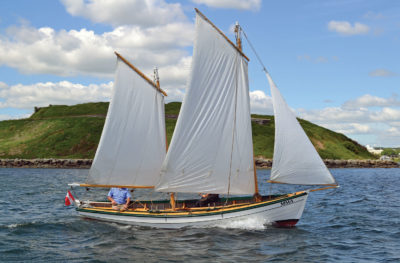
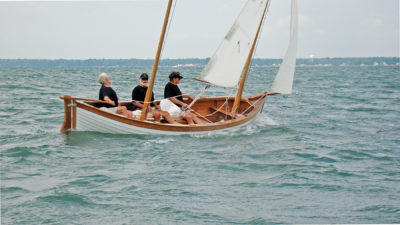
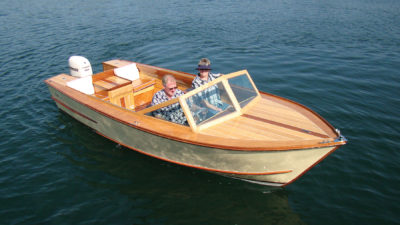
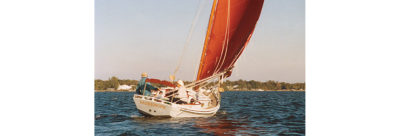
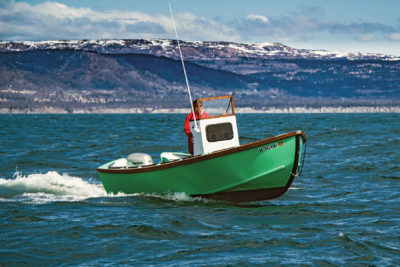
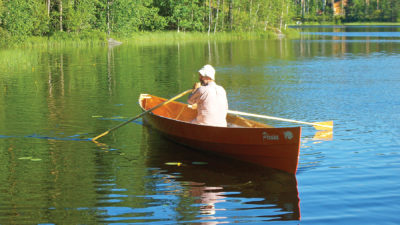
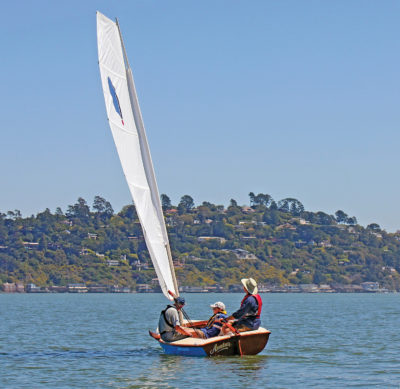
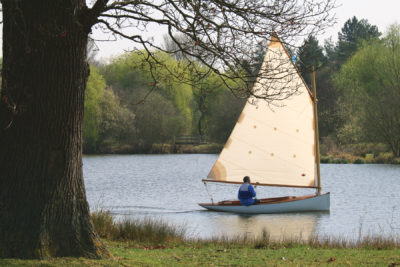
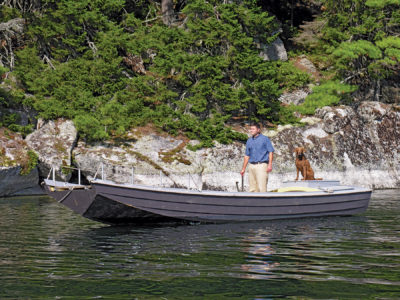
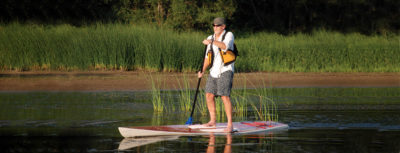
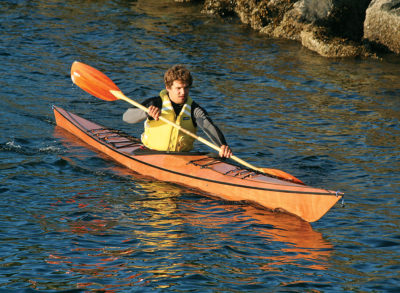

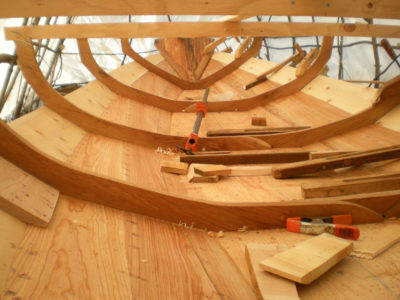
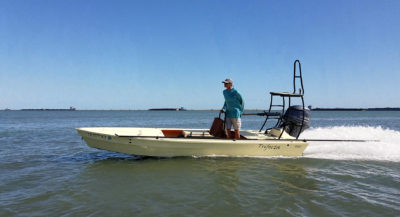
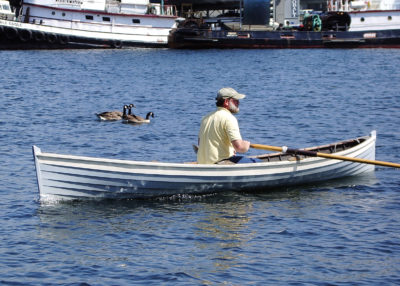
Photos of the Rambler 18 bring back my childhood memories. The Rambler is almost identical to the 19′ cabin cruiser my dad begun building in the early 1950s. The plans were acquired through Motor Boating magazine that he subscribed to at the time. We lived in Fort Lauderdale when the project was started and I recall loading the parts in the moving trailer when we moved back to Ohio in 1956. For the duration of my childhood, our one-car garage was occupied with the project. I have visions of Dad sanding the hull on the weekends. With a borrowed older Mercury outboard, the boat was launched on the Miami River, a tributary to the Ohio River. There were a few more outings that summer but those ended when the old Merc’ died. A new outboard was purchased for the following summer, however, sadly my dad had a stroke one day before the delivery of his new motor. I now live in Seattle and have been a boat owner the past forty years. This summer I downsized to a 10′ wooden pram used for my trout fishing. As long as my shoulders don’t give out the oars (built in Maine by Tenney & Shaw) work very good. I wish Dad was along to see me now!